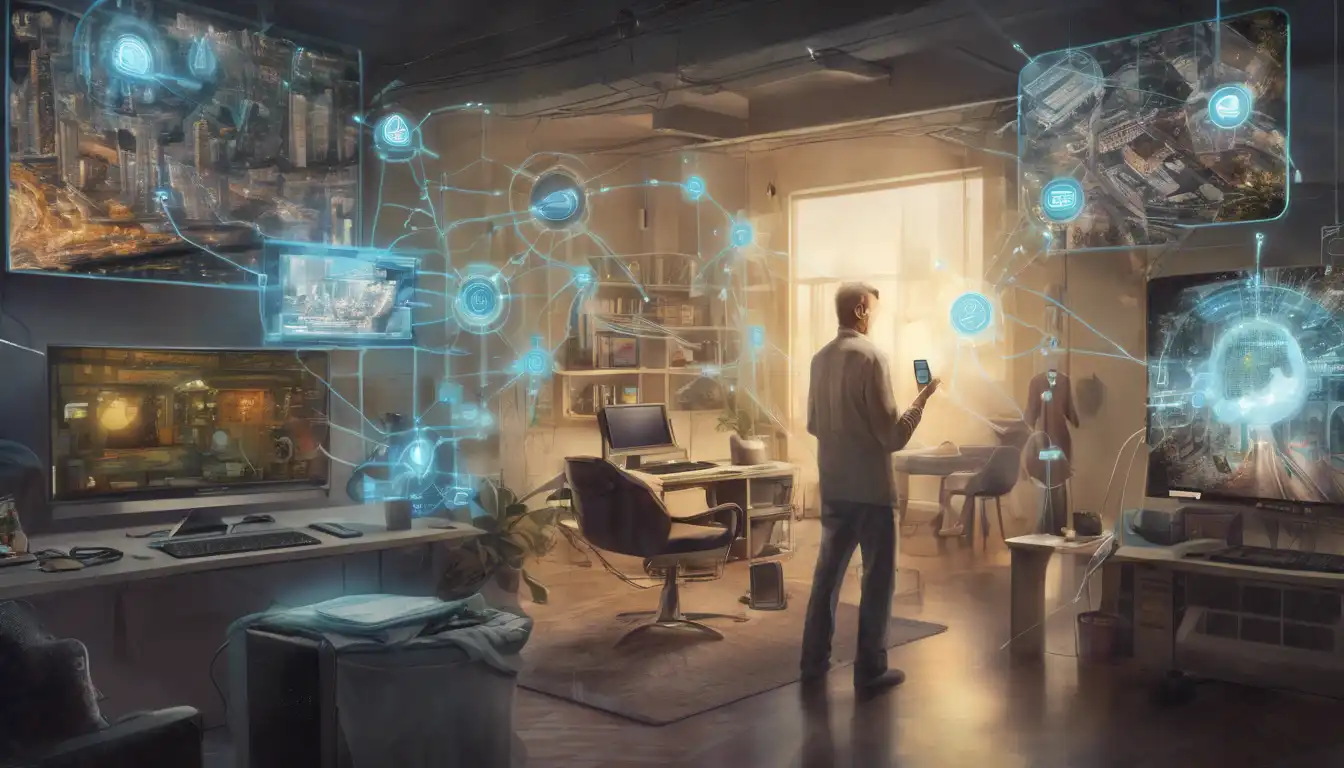Introduction to the Internet of Things (IoT)
The Internet of Things (IoT) is revolutionizing the way we live, work, and interact with the world around us. By connecting everyday devices to the internet, IoT enables them to send and receive data, making our lives more convenient, efficient, and secure. From smart homes to wearable technology, IoT is at the forefront of digital transformation.
How IoT is Enhancing Home Life
Smart homes are perhaps the most visible example of IoT in action. Devices like smart thermostats, lights, and security systems can be controlled remotely, offering unparalleled convenience and energy efficiency. For instance, a smart thermostat learns your schedule and preferences, adjusting the temperature automatically to save energy while keeping you comfortable.
Key Benefits of Smart Homes:
- Energy savings through intelligent automation
- Enhanced security with smart locks and cameras
- Convenience of controlling devices from anywhere
IoT in Healthcare: A Leap Towards Better Care
The healthcare sector has seen significant advancements thanks to IoT. Wearable devices monitor vital signs in real-time, providing doctors with valuable data to improve patient care. Remote monitoring devices allow patients to recover in the comfort of their homes while staying connected to their healthcare providers.
Examples of IoT in Healthcare:
- Wearable fitness trackers that monitor heart rate and activity levels
- Smart insulin pumps that adjust doses based on glucose levels
- Remote patient monitoring systems for chronic conditions
Smart Cities: IoT's Role in Urban Development
IoT is also transforming urban environments into smart cities. Sensors collect data on traffic, air quality, and energy use, helping city planners make informed decisions to improve residents' quality of life. Smart traffic lights reduce congestion, while IoT-enabled waste management systems optimize collection routes, saving time and reducing emissions.
Advantages of Smart Cities:
- Reduced traffic congestion and pollution
- Improved public safety through connected surveillance systems
- Efficient use of resources leading to cost savings
Challenges and Considerations
Despite its benefits, IoT faces challenges such as privacy concerns and the need for robust cybersecurity measures. Ensuring the security of connected devices is paramount to protect sensitive data from unauthorized access.
Overcoming IoT Challenges:
- Implementing strong encryption and authentication protocols
- Regularly updating device firmware to patch vulnerabilities
- Educating users on best practices for securing their devices
Conclusion
The Internet of Things is undeniably improving lives across the globe. By making our homes smarter, healthcare more personalized, and cities more efficient, IoT is paving the way for a future where technology and daily life are seamlessly integrated. As we continue to navigate the challenges, the potential for IoT to enhance our world is limitless.
